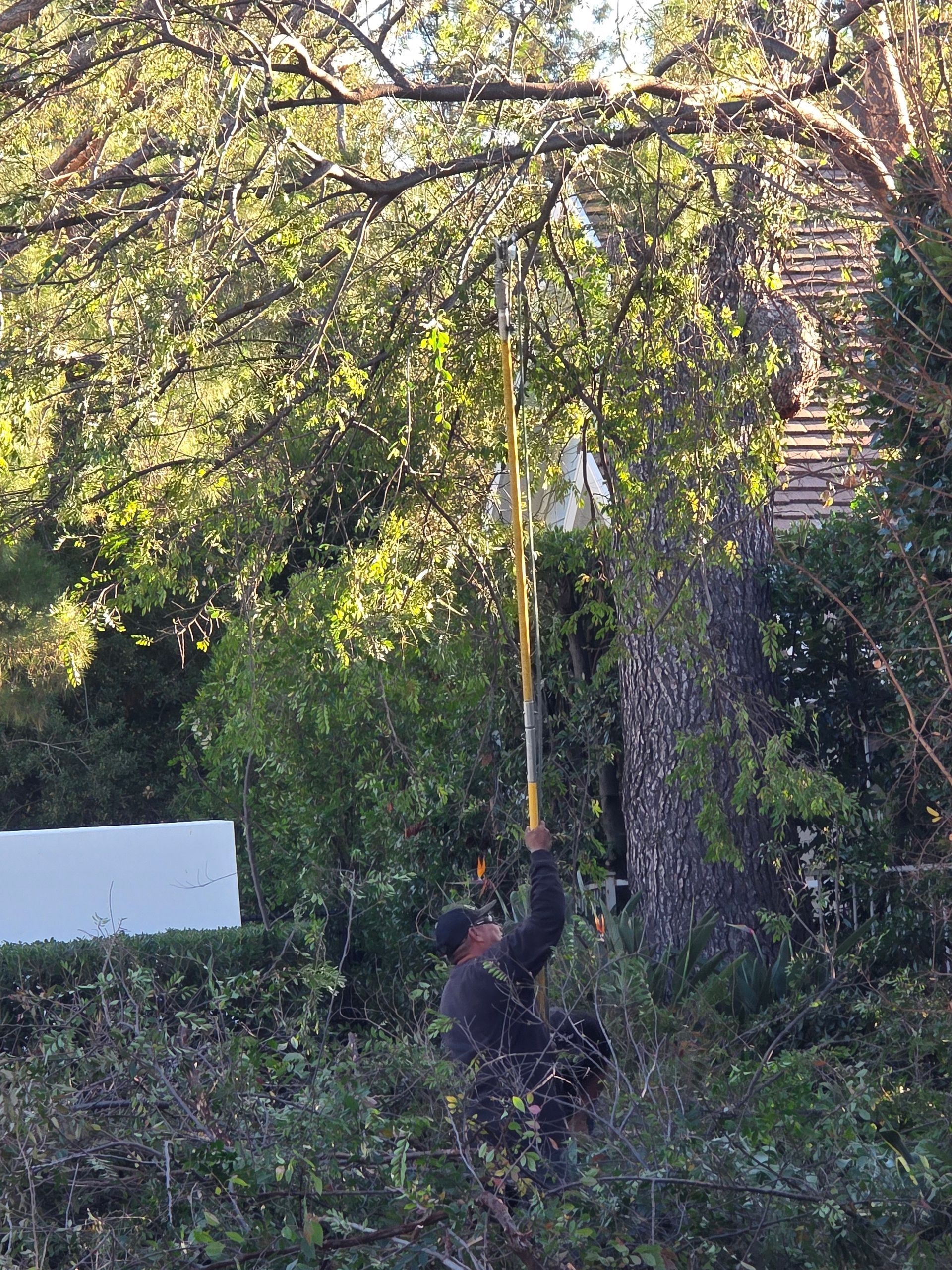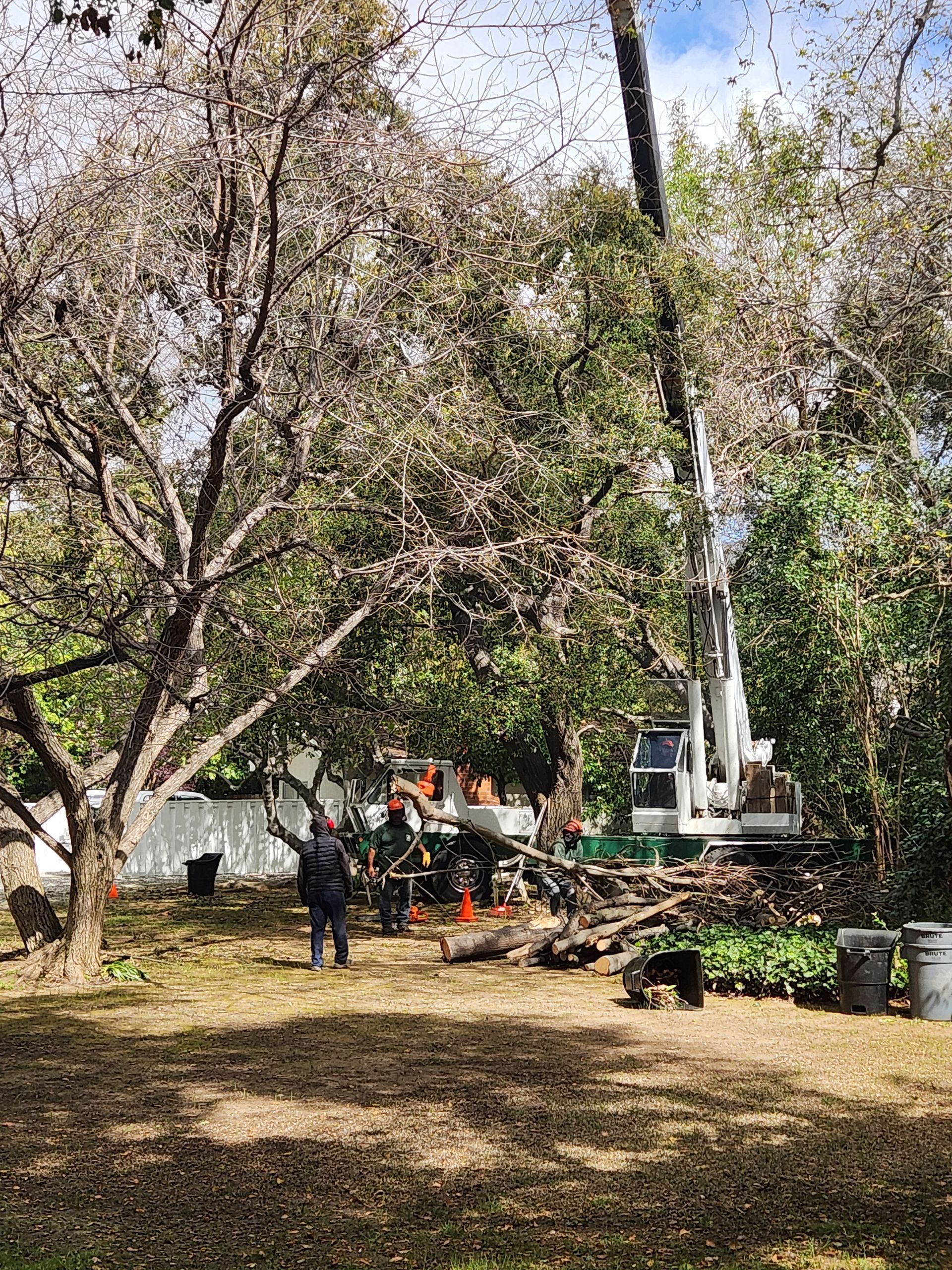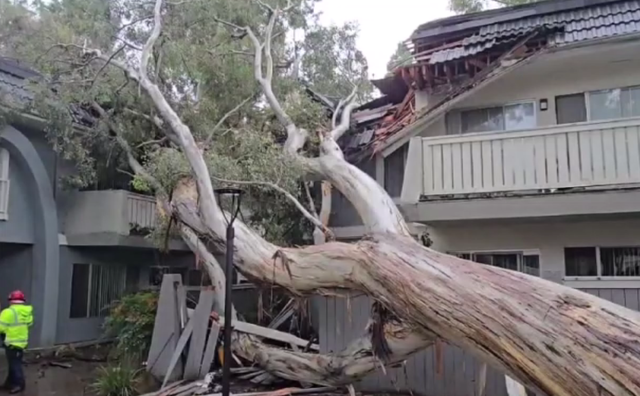State of California Tree Encroachment Laws
California Tree Laws Homeowners Should Know
Regarding trees, remember; even the best of neighbors may feel tension when faced with issues and disputes. A homeowner may enjoy the shade provided by a loved old tree. However, they may not realize that as time has passed, the tree’s branches have grown into their neighbor’s yard, and can now cause a property line dispute.
If the issue is only about a couple of limbs or some minor shaded, there may not be a problem. But, over time, limbs and roots may threaten neighboring foundations, and structures. Additionally debris, including leaves and small branches may be clogg gutters.
Under California law, the degree of the problem has to be taken into consideration. For minor nuisances or inconveniences, the law will expect the tree-owning neighbor to trim bothersome branches. If the interference is more problematic, a neighbor may have the right to sue under the law.
Whether you have a case to sue due to encroaching trees, there are simpler and cheaper avenues to consider before rushing to file a lawsuit. Often, merely notifying the city, utility company, or homeowners’ association of invading branches or roots will be the key that resolves the issue.
Local Government
Most cities will routinely prune and cut back trees that are on city property or if they endanger city property.
Firstly, you will need to determine whether the tree is on city property. You can visit your local city hall and find the proper city map to see where the tree sits. If the tree in question is on city property, see who handles tree maintenance for the city. A city clerk should be able help you locate the correct office to report the problem.
Even if the tree is on private property, the city may get involved and trim it back if the tree is interfering with city property, such as the obstruction of a sidewalk, or crosswalk or blocking the view at an intersection. Alternatively, the city may step in and order the owner to trim or remove the tree if the tree is in violation of local ordinances. Ordinances may prohibit situations such as:
- A diseased or hazardous tree
- A tree that resides in a fire zone
- A tree that blocks a neighbor’s view
- A tree that exceeds height limits
- A tree that is prohibited by law
- Trees that are used as fence lines
Utility Companies
If there are utility lines around the tree, such as telephone or electric lines, the utility company may trim a tree that is posing a threat to utility company equipment. Should you notice that trees are near utility equipment, contact the relevant utility company to see if they will trim back any invading branches or roots.
Homeowners Association
If you happen to live in a planned community or subdivision, residents may very well be bound by certain restrictions in the Covenants, Conditions, and Restrictions (CC&Rs). Property deeds will reflect the CC&Rs. Contact your homeowners’ association office to obtain a copy.
The CC&Rs may dictate specifications and rules regarding trees within the community. Should a neighbor or owner be in violation of the regulations specified by the CC&Rs, you can notify the homeowners’ association for assistance.
When Can I Trim My Neighbor’s Tree?
In every state, there exists a common-law right which allows a property owner to cut the branches and roots of a neighboring tree that is invading their property. The thought (maybe hope) behind this law is that property owners and neighbors should work to solve problems together, versus filing lawsuits. Typically, the property owner who decides to trim the branches or roots will bear the responsibility of payment.
Do I Need Permission to Trim Back Overhanging Branches?
You can trim branches and roots back to the limit of your property line or fence. There are limits, however, to how far you may trim back
Limits on Self-Help:
- You may not cut down the tree.
- You can’t enter the tree owner’s property without their permission.
- You cannot injure the tree when trimming.
- Trimming may only occur up to the boundary line between properties.
Additionally, it is prudent to consult a professional tree trimming service before trimming a tree yourself. Trimming branches and roots puts stress on a tree, and you do not want to risk damaging or destroying the tree unintentionally.
What to Do Before You Resort To Self-Help
Being a neighbor and fellow property owner, it is also wise to notify the tree owner before you begin trimming the tree. Should the trimming be extensive, your neighbor may want to utilize a tree service and may pay for the cost entirely. This will not only help keep the situation amicably, but it may also lower your costs associated with trimming the tree.
How to Handle A Tree Owner Refuses to Trim
If the tree owner refuses your suggestion of trimming or maintenance of the tree, write a letter setting out your intentions. This is what’s known as a demand letter.
Always keep the tone respectful and emphasize your intention to keep the tree safe and healthy, while notifying the owner how the tree’s branches or roots have impacted your property. You may need to send more than one letter should the owner be unresponsive or uncooperative. Often, merely notifying the tree owner regarding your right to self-help or local laws regarding encroaching trees, is effective and can keep the issue out of the courtroom.
For instance, California Civil Code 833 and 834 states that trees whose trunks reside on the land of one owner belong to him or her exclusively, even if their roots or branches grow into the neighbor’s property. As the tree owner, there is a duty to ensure that trees are adequately trimmed for purposes of reducing injury, property damage, or death.
Mediation is a logical step before resorting to self-help and trimming at your own risk. Mediation is a meeting with a neutral third party who can help resolve issues without bringing them to court. Mediation can help keep costs down and avoid a lengthy lawsuit.
When A Neighbor Can Sue
Certain conditions will allow a neighbor to sue:
- Tree encroachment onto neighboring property.
- When encroaching branches or roots cause severe harm or damage to neighboring property.
- If the tree is inherently dangerous or poisonous.
- If the tree was planted by the owner
As noted above, the law regarding encroaching trees is a common-law rule; therefore, most states do not have clear ordinances or regulations for reference.
If You Decide To Take the Issue to Court
If you find you need a court to order a tree owner to trim back a tree, you will likely have to go the route of trial court, which will likely involve the use of an attorney. Should you be seeking compensation for costs involved in trimming the tree, this should be brought to small claims court. In California, any claim up to $10,000 can be brought to small claims court. Keep in mind, many small claims judges will require proof of a demand letter before allowing the case.
If you are left with no recourse outside of bringing the issue to court, you may consider a nuisance lawsuit against the tree owner. In this case, you must prove the following:
- The tree belongs to the person being sued.
- The branches or roots are over or under your property.
- You have notified the tree owner in writing.
- Your property is adversely affected by the tree and can prove damages.
Should your property suffer harm as a result of an encroaching tree, you may be entitled to compensation for costs for repairs and or clean up. Take note, a judge will want to see proof of damages in the form of receipts showing the amount spent and any written estimates for work that has not been performed.
In the case where a property has been severely damaged, you may be entitled to the difference in property value inflicted by the tree. An appraiser can help you assess the difference in value.



